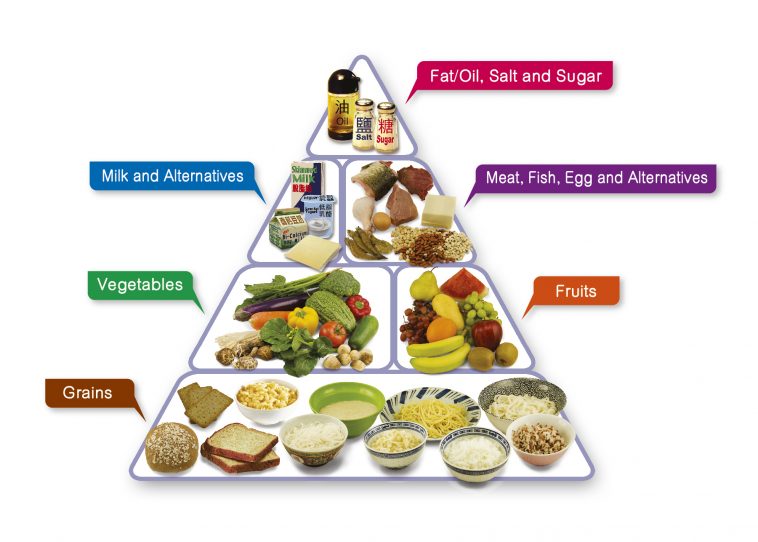The US Food Pyramid was recently updated, introducing some major changes to the traditional diet guidelines. It is no longer just about cutting saturated fats and cholesterol – now the focus is on making healthier and more nutritious food choices. This article will take an in-depth look at the newly updated Food Pyramid, as well as the health benefits of following it.
What is the US Food Pyramid?
The US Food Pyramid is the official symbol of the US Department of Agriculture’s dietary guidelines. It is designed to illustrate the proportions of each food group that should be eaten on a regular basis, as well as the types of food and drinks that should be consumed in order to maintain a healthy diet. The traditional Food Pyramid, last updated in 2005, was divided into six categories: grains, fruits and vegetables, dairy, meats and beans, fats and oils, and sweets.
What is new in the latest version of the US Food Pyramid?
The newly released version of the Food Pyramid includes a number of significant changes from the traditional version. The six categories from the previous version have been consolidated into four, which are now referred to as “building blocks”. Additionally, a sixth “filling” block has been added to the base of the pyramid, which is intended to help consumers understand the difference between empty-calorie foods and healthier alternatives.
The new building blocks are divided into the following categories:
1. Fruits and Vegetables: This section is larger than any other in the pyramid and encourages consumers to make fruits and vegetables the focus of their diets.
2. Grains: This section promotes the consumption of whole grains, such as oatmeal and brown rice, over processed grains, such as white bread and white rice.
3. Dairy: This section emphasizes the importance of low-fat dairy products and calcium-rich foods, such as yogurt and cheese.
4. Fats and Oils: This section promotes the consumption of healthy unsaturated fats, as well as foods that are high in poly- and monounsaturated fats, including fish and nuts.
The new pyramid also emphasizes the importance of exercise, as well as limiting sodium and trans-fat intake, and avoiding high-calorie beverages.
What are the health benefits of following the US Food Pyramid?
The health benefits of following the US Food Pyramid are substantial. By following the guidelines outlined in the pyramid, individuals can ensure that their diets are nutritionally balanced and contain all the essential vitamins and minerals needed to maintain a healthy body. This includes reducing the risk of obesity and chronic diseases, such as type 2 diabetes, cardiovascular disease, and some forms of cancer.
In addition, the US Food Pyramid encourages the consumption of fresh fruits and vegetables, which are packed with essential vitamins, minerals, and fiber. Eating more fruits and vegetables has been linked to improved digestion, increased energy, and improved overall well-being. Eating a diet rich in whole grains has numerous benefits, including reducing the risk of diabetes and heart disease, as well as providing fiber and nutrients that aid in preventing constipation and maintaining a healthy weight. And finally, by following the guidelines in the dairy section, individuals can ensure that they are getting enough calcium and Vitamin D, which are essential for maintaining strong bones and teeth.
The newly updated version of the US Food Pyramid encourages healthy eating choices and provides individuals with the necessary information to make nutritious decisions. By following the guidelines in the pyramid, individuals can ensure that their diets are balanced, nutritious, and beneficial for long-term health.




